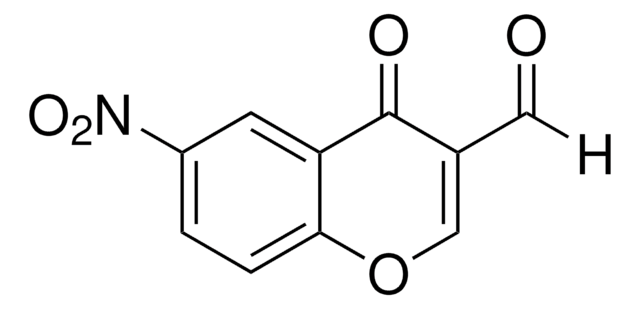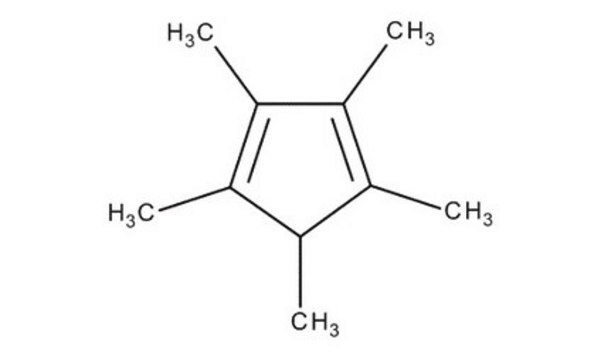The solubility of this compound in phosphate buffer has not been determined. Various sources state that the product is slightly soluble in methanol or water. This compound is most soluble in aprotic, dipolar, and unpolar solvents.
Dimethylformamide at 50g/100ml
Acdetonitrile at 70g/100ml
Acetone at 60 g/100ml
Methylene Chloride at 80g/100ml
Tetrahydrofuran at 40g/100ml
Benzene at 25g/100ml
358665
Tetrabutylammonium cyanide
95%
Synonym(s):
N,N,N-tributyl-1-butanaminium cyanide
Select a Size
Select a Size
About This Item
Recommended Products
Quality Level
Assay
95%
mp
89-92 °C (lit.)
SMILES string
[C-]#N.CCCC[N+](CCCC)(CCCC)CCCC
InChI
1S/C16H36N.CN/c1-5-9-13-17(14-10-6-2,15-11-7-3)16-12-8-4;1-2/h5-16H2,1-4H3;/q+1;-1
InChI key
KRRBFUJMQBDDPR-UHFFFAOYSA-N
Looking for similar products? Visit Product Comparison Guide
Application
It can be employed as a reactant in the preparation of:
- Tetrabutylammonium fluoride (TBAF), which can be used to remove silyl ether protecting groups.[2]
- Rhenium-based single-chain magnets, (DMF)4MReCl4(CN)2 (M = Mn, Fe, Co, Ni).[3]
- Phosphorescent blue light-emitting anionic iridium complexes.[4]
Signal Word
Danger
Hazard Statements
Precautionary Statements
Hazard Classifications
Acute Tox. 1 Dermal - Acute Tox. 2 Inhalation - Acute Tox. 2 Oral - Aquatic Acute 1 - Aquatic Chronic 1
Supplementary Hazards
Storage Class Code
6.1A - Combustible acute toxic Cat. 1 and 2 / very toxic hazardous materials
WGK
WGK 3
Flash Point(F)
Not applicable
Flash Point(C)
Not applicable
Personal Protective Equipment
Choose from one of the most recent versions:
Already Own This Product?
Find documentation for the products that you have recently purchased in the Document Library.
Customers Also Viewed
-
what is the solubility in the phosphate buffer of pH 7.4 or other solvent?
1 answer-
Helpful?
-
Active Filters
Our team of scientists has experience in all areas of research including Life Science, Material Science, Chemical Synthesis, Chromatography, Analytical and many others.
Contact Technical Service














